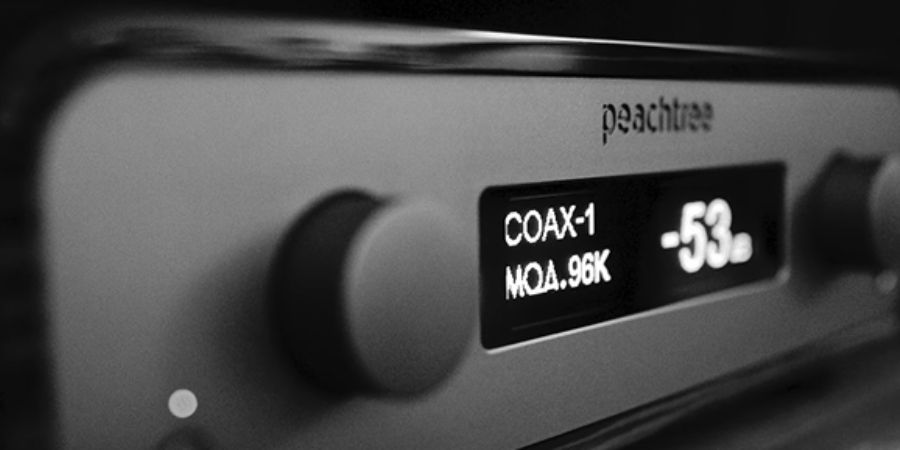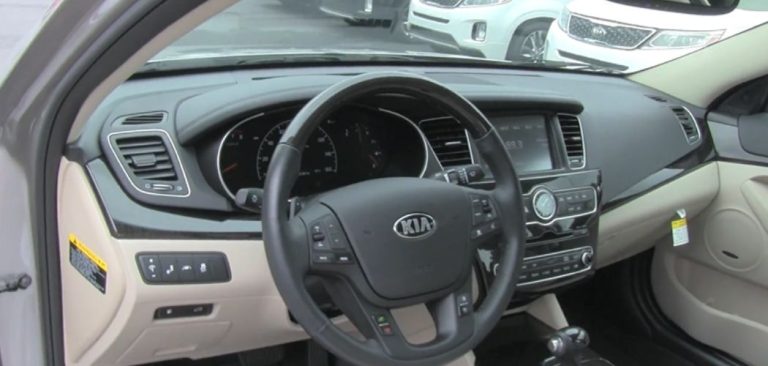Mono amplifiers and stereo amplifiers both play key roles in audio systems. Each type has unique features and benefits.
Understanding these differences can help you make the best choice for your audio setup. Choosing between a mono amplifier and a stereo amplifier depends on your specific audio needs. Mono amplifiers are designed to power a single channel, making them ideal for subwoofers or bass-heavy setups.
Stereo amplifiers, on the other hand, power two channels. This makes them perfect for a more balanced sound experience, as they can drive both left and right speakers. Knowing the strengths and uses of each amplifier can enhance your listening experience. My comparison aims to break down their functions and help you decide which amplifier suits your needs best.
Introduction To Amplifiers
Amplifiers make sound louder by boosting weak audio signals. They take input from sources like microphones or music players and increase the power to drive speakers or headphones. Early amplifiers, using vacuum tubes, were bulky and power-hungry. Modern solid-state amplifiers are compact, energy-efficient, and deliver superior sound quality.
There are many types of amplifiers. Mono amplifiers amplify a single channel, making them ideal for subwoofers and high-power applications. Stereo amplifiers handle two channels, creating a wider soundstage for immersive listening. The demand for high-fidelity audio has driven innovations, resulting in more choices for users. Whether for home theaters, car audio, or professional sound systems, selecting the right amplifier depends on the specific audio requirements.
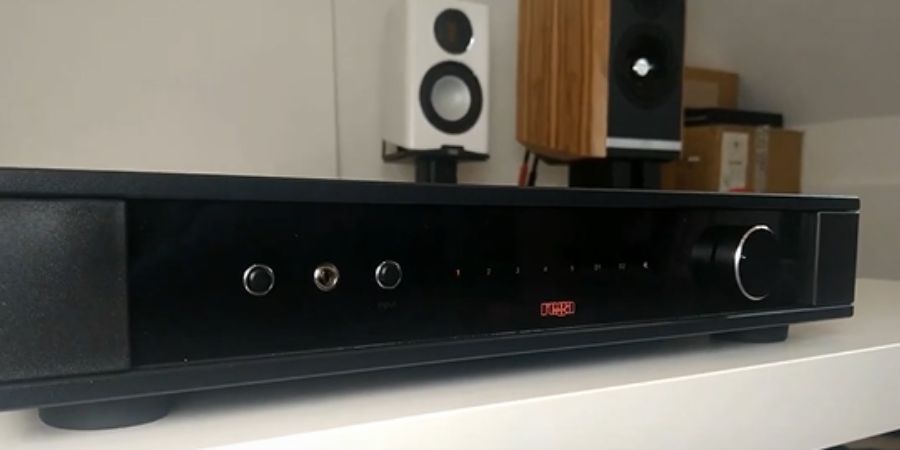
Understanding Mono Amplifiers
A mono amplifier, or monoblock amplifier, has a single output channel, making it ideal for powering subwoofers and delivering deep bass. It ensures uniform audio distribution in setups like public address systems and home theaters. In car audio, mono amplifiers drive subwoofers for enhanced bass response.
Key advantages include higher power output per speaker, better efficiency, and reduced heat generation. They offer superior channel isolation, minimizing crosstalk and distortion for high-fidelity audio. Mono amplifiers are also compact, cost-effective, and simpler to set up than stereo amplifiers.
Their specialized design excels in low-frequency amplification, making them the preferred choice for bass-heavy applications. Audiophiles favor monoblocks for their uncompromising sound quality, especially in high-end systems where channel separation is crucial. This dedicated power delivery results in cleaner, distortion-free sound, reinforcing their value in professional and high-performance audio setups.
Stereo Amplifier Basics
Stereo amplifiers feature two distinct channels, sending separate left and right signals to create an immersive and realistic soundstage. They are the standard choice for home theaters, music systems, car audio, and live events. Many stereo amplifiers house two independent mono circuits within a single chassis, often sharing a power supply.
These amplifiers power both speakers efficiently, enhancing spatial accuracy in music and movies. Integrated models with Bluetooth and Wi-Fi eliminate the need for extra components, offering convenience. Compared to dual mono amplifiers, stereo amplifiers are more compact, cost-effective, and easier to set up.
However, a shared power supply can cause crosstalk, limiting channel isolation. While stereo amplifiers suffice for most users, high-end setups benefit from monoblocks for superior power delivery and sound purity. For general entertainment, stereo amplifiers provide the best balance of affordability, simplicity, and high-quality stereo reproduction.
Sound Quality Comparison
Mono amplifiers deliver sound from one channel. This can make the sound less clear. Details might get lost. Stereo amplifiers use two channels. This helps in separating sounds. Music sounds richer. Voices become more clear. Each instrument gets its space. Sound feels more natural and detailed.
Mono amplifiers can be simpler. They might not catch every sound. Stereo amplifiers can pick up more details. They offer better audio fidelity. Music and voices sound more real. Listeners can enjoy high-quality sound. This is great for music lovers. They can hear every beat and note.
Power And Performance
Mono amplifiers have one output channel. Stereo amplifiers have two. Mono amps usually deliver more power to one speaker. Stereo amps share power between two speakers. More power means louder sound. Mono amps are great for subwoofers. Stereo amps are good for full-range sound. Knowing wattage helps choose the right amplifier.
Mono amplifiers are often more efficient. They use power better. This means less heat. Less heat is good for long use. Stereo amps can be less efficient. They may produce more heat. But they offer better sound quality. Choose efficiency based on your needs.
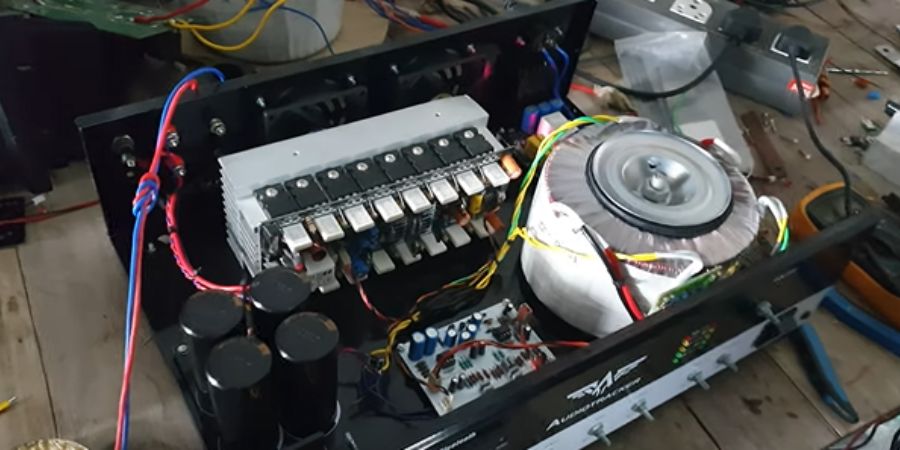
Setup And Configuration
Mono amplifiers need fewer wires. One wire connects to the speaker. Stereo amplifiers need more wires. Two wires connect to two speakers. This means a more complex setup. Wiring needs for stereo are twice as much. It also means more time to set up.
Mono amplifiers are smaller. They need less space. Stereo amplifiers are larger. They need more room. Placement matters for sound quality. Mono amplifiers fit in tight spaces. Stereo amplifiers need good ventilation. This keeps them cool. Plan your space before choosing.
Cost Analysis
Mono amplifiers are usually cheaper. They have fewer components. Stereo amplifiers often cost more. They have more features and parts. For budget buyers, mono amplifiers are a good choice. Stereo amplifiers can be better for richer sound.
Mono amplifiers offer good value for single-channel needs. They are ideal for subwoofers. Stereo amplifiers give more value to music lovers. They offer a fuller sound. Spend wisely based on your needs. Both types have their own benefits. Choose based on your budget and sound preference.
Compatibility With Speakers
Mono amplifiers usually handle lower impedance levels. Great for subwoofers. Stereo amplifiers need matching impedance on both channels. Important for balanced sound. Always check speaker specs. Avoid damage.
Mono amplifiers are best for single speakers. Think subwoofers. Stereo amplifiers suit two speakers. Ideal for home audio. Choose based on your setup. Match with your speaker type.
Use Cases And Applications Mono Amplifier Vs Stereo
The choice between mono and stereo amplifiers depends on the specific needs of an audio system. Each type is optimized for different applications, ensuring the best possible sound performance. Below I provide the most common and effective use cases for both mono and stereo amplifiers.
Mono Amplifiers
Dedicated Subwoofer Systems: Mono amplifiers are the preferred choice for powering subwoofers in home theaters and car audio systems. Their ability to deliver high power at low frequencies and handle lower impedance ensures deep, powerful bass reproduction.
High-Power Single Speaker Setups: In professional audio applications or public address (PA) systems, mono amplifiers provide strong, focused output for a single high-power speaker.
Multi-Channel Home Theater Systems: High-end home theater setups often use separate monoblock amplifiers for each channel, improving channel separation, power consistency, and overall sound precision.
Studio Monitoring: Some professional recording studios employ monoblock amplifiers for critical listening, particularly when isolating specific frequency ranges during mixing and mastering.
Stereo Amplifiers
Two-Channel Music Listening: Stereo amplifiers are the standard choice for enjoying music in stereo. By separating left and right channels, they create a realistic soundstage, allowing listeners to perceive the spatial arrangement of instruments and vocals.
Home Theater Front Channels: Many home theater systems use a stereo amplifier to power the front left and right speakers, handling essential audio elements like dialogue, music, and sound effects for a more immersive experience.
Car Audio Systems (Main Speakers): Stereo amplifiers commonly drive the primary left and right speakers in car audio systems, delivering a well-balanced and immersive sound experience while driving.
Integrated Systems: Integrated stereo amplifiers combine amplification with built-in streaming, digital-to-analog converters (DACs), and other features, offering a simplified, all-in-one solution for music playback.
Concerts and Live Events (Main PA): While mono amplifiers power specific speaker arrays, stereo amplifiers (or dual-mono designs) are often used for the main PA system, providing a stereo image that enhances the overall listening experience at live events.
Understanding these applications help you choose the right amplifier setup for different audio requirements, ensuring optimal sound performance and clarity.
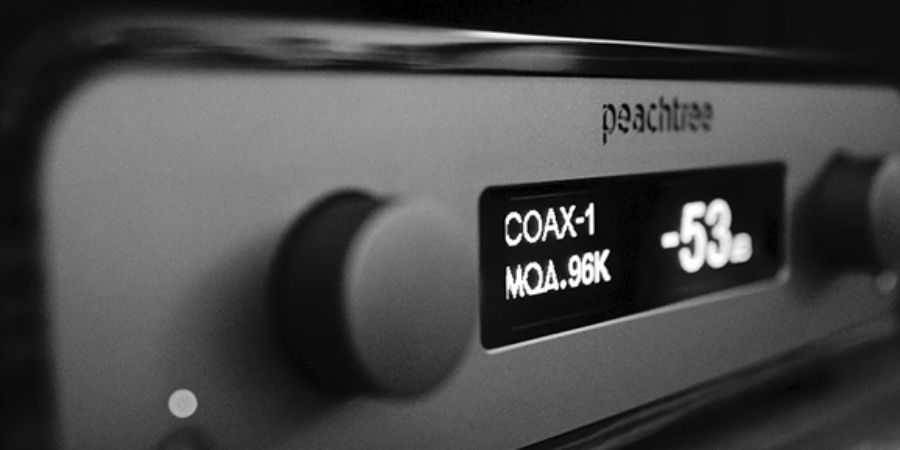
Pros and Cons of Mono Amplifier and Stereo
I am providing a clear overview, with the advantages and disadvantages of mono and stereo amplifiers.
| Aspect | Mono Amplifiers | Stereo Amplifiers |
|---|---|---|
| Pros |
✅ Simpler design and operation for single-channel use ✅ Often more affordable per unit ✅ Ideal for subwoofers, offering powerful bass ✅ Can deliver high power to a single speaker ✅ Generally more power-efficient ✅ Better channel separation, reducing noise and distortion ✅ Compact size for easy placement ✅ Potentially more robust due to fewer components |
✅ Provides clear and balanced two-channel sound ✅ Delivers an immersive listening experience for music and movies ✅ Creates a wider soundstage, enhancing spatial perception ✅ Versatile for home theaters and music systems ✅ More convenient and space-saving than two mono amps for stereo |
| Cons |
❌ Cannot directly support two speakers for stereo sound ❌ Requires two units for stereo, increasing cost and complexity ❌ Less versatile for general audio setups needing stereo ❌ Not ideal for standard home theater setups without a second unit ❌ Multiple units needed for surround sound systems |
❌ Generally more expensive than a single mono amplifier ❌ Requires more space than a single mono amplifier ❌ Wiring can be more complex than a mono amp setup ❌ May not provide as much power per speaker as a dedicated mono amp ❌ Potential for crosstalk between channels due to shared components |
Expert Opinions
Audio engineers favor stereo amplifiers for balanced sound in music, home theaters, and live audio, as they provide clarity, depth, and spatial imaging. However, for single-channel applications like subwoofers, mono amplifiers are preferred due to their power efficiency and focused output.
Audiophiles enjoy stereo amplifiers for their immersive listening experience, making music feel more dynamic and lifelike. The separation of left and right channels enhances detail, making them ideal for music and movies. Meanwhile, mono amplifiers excel in bass-heavy setups or for driving a single powerful speaker. Some audiophiles invest in monoblock amplifiers for maximum channel separation and precision, though this comes at a higher cost.
Ultimately, the choice depends on the listener’s needs—whether it’s the immersive soundstage of stereo or the power and efficiency of mono for specialized applications like subwoofers.
Frequently Asked Questions
Can I Use a Mono Amplifier for a Stereo System?
No, a mono amplifier is designed to power only one speaker or subwoofer. For a stereo system, you need two separate mono amplifiers (monoblocks) or a stereo amplifier that can power both left and right speakers. While mono amps are excellent for bass-heavy applications, they lack the ability to deliver balanced stereo sound for music and movies.
Why Do Some Audiophiles Prefer Monoblock Amplifiers Over Stereo Amplifiers?
Audiophiles choose monoblock amplifiers because they provide better channel separation, reducing crosstalk and distortion between left and right channels. This ensures purer sound reproduction, particularly in high-end setups. However, using monoblocks requires two units for stereo, making the setup more expensive and complex compared to a traditional stereo amplifier.
Is a Stereo Amplifier Better Than a Mono Amplifier for Home Theaters?
Yes, a stereo amplifier is better for home theaters as it powers both left and right speakers, creating an immersive soundstage for movies and music. However, for home theater subwoofers, a mono amplifier is ideal, as it delivers deep, powerful bass while maintaining efficiency. Many high-end setups use a stereo amplifier for main speakers and a mono amp for the subwoofer to achieve the best sound quality.
How Does Power Distribution Differ Between Mono and Stereo Amplifiers?
A mono amplifier focuses all its power on one speaker, making it more efficient for bass-heavy applications like subwoofers. A stereo amplifier, on the other hand, splits power between two channels, balancing output between left and right speakers. This means a mono amplifier can drive a single speaker louder, while a stereo amplifier provides a more even and natural sound distribution.
Can I Connect Multiple Subwoofers to a Single Mono Amplifier?
Yes, you can connect multiple subwoofers to a single mono amplifier, but you need to ensure the impedance matches the amp’s capabilities. Most mono amplifiers are stable at low impedances (e.g., 2-ohm or 1-ohm loads), allowing them to handle multiple subwoofers in parallel or series wiring. However, improper impedance matching can cause overheating, distortion, or amplifier damage, so it’s essential to follow the manufacturer’s guidelines when wiring multiple subwoofers.

